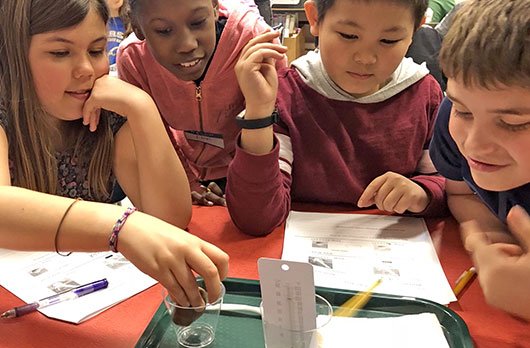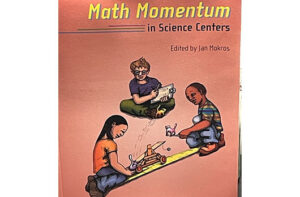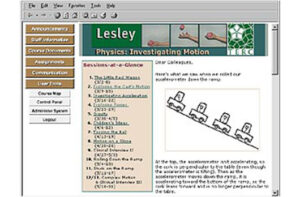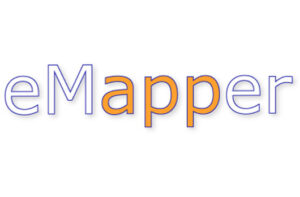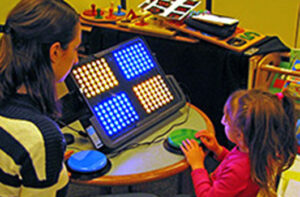Where Does Energy Go When It’s “Gone?” Promoting Understanding of Energy Dissipation
Roger G. Tobin, Sara J. Lacy, Sally Crissman, Nick Haddad, Orlala Wentink and Lane Seeley
American Journal of Physics, Volume 87, Issue 7, July 2019
Summary
The principle of energy conservation cannot be fully accepted or applied in most real-world contexts without an understanding and acceptance of the idea of dissipation: when the perceptible changes in the system have stopped, the energy that was present in the beginning is still present in the system and its environment, even if it is no longer detectable. This idea is challenging for learners of all ages and presents a serious obstacle to understanding. Results from Focus on Energy, an innovative elementary-school energy curriculum, show that fourth- and fifth-grade students can engage productively with the idea of dissipation, leading to a model of energy that includes dissipation. The curriculum does not explicitly include dissipation as a learning target, but it includes early and frequent exposure to dissipative phenomena, a meaningful conceptual framework, and appropriate representational tools. These resources offer opportunities to reason about dissipation and incorporate it into the students’ developing energy model. In an open-response assessment, 23% of Focus on Energy students spontaneously included dissipation in their tracking of energy in a wind-up toy, compared to 3% for students who received standard energy instruction. Adult teachers experience similar difficulties with the concept of dissipation, and results from professional development workshops show that the same curricular approach is effective with these adult learners. We suggest that if young children and adult teachers can begin to reconcile energy conservation and energy dissipation, then similar instructional approaches could enable high school and college students to engage productively with dissipation ideas.


